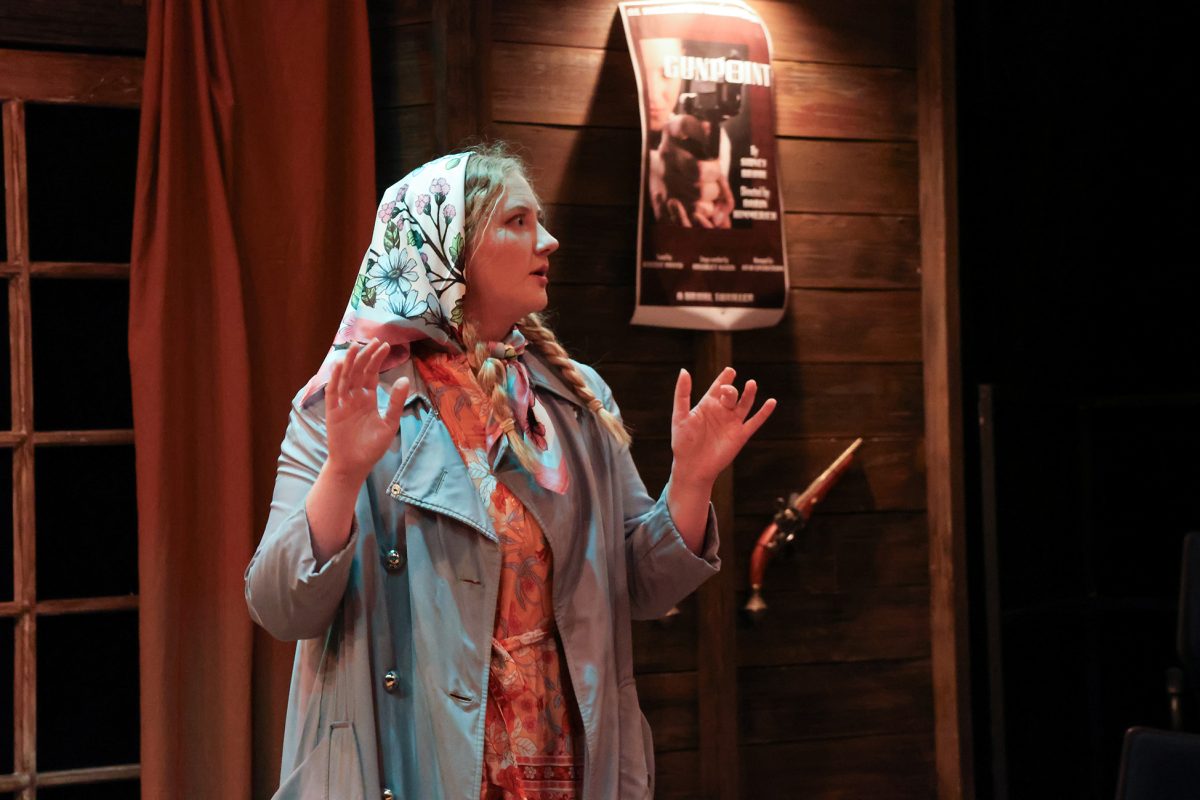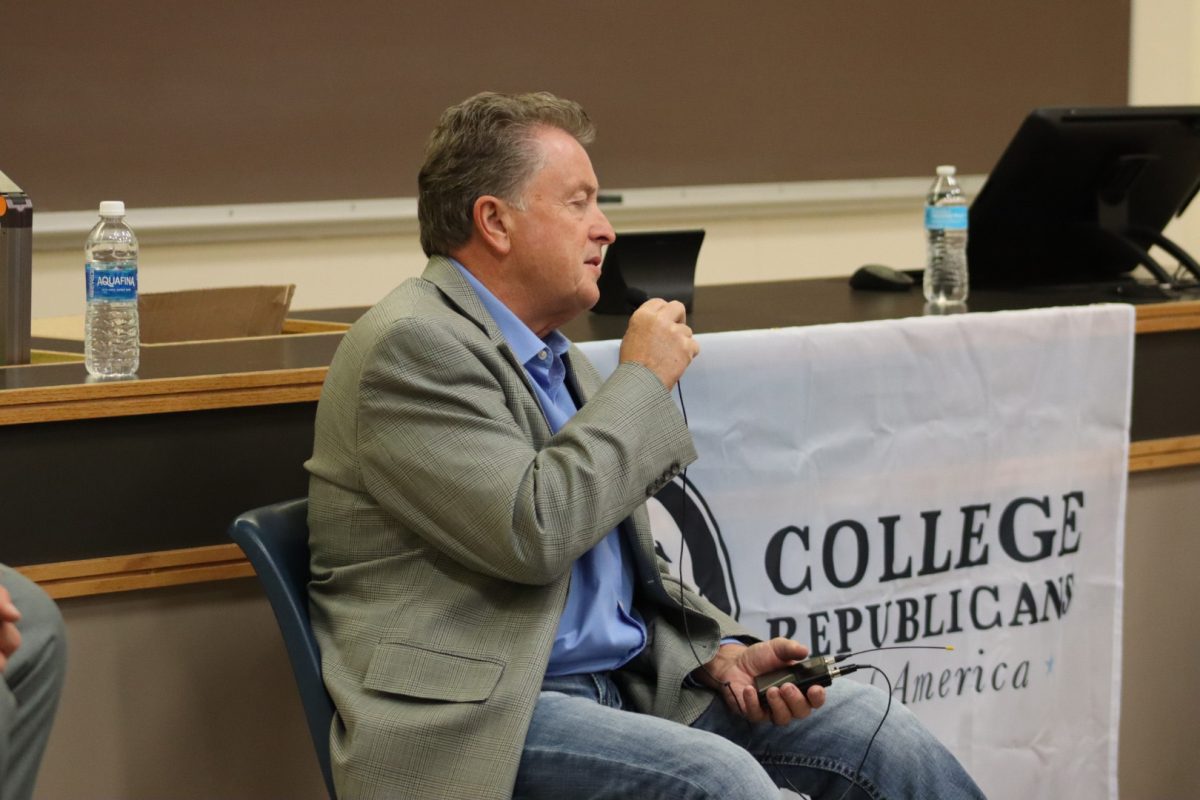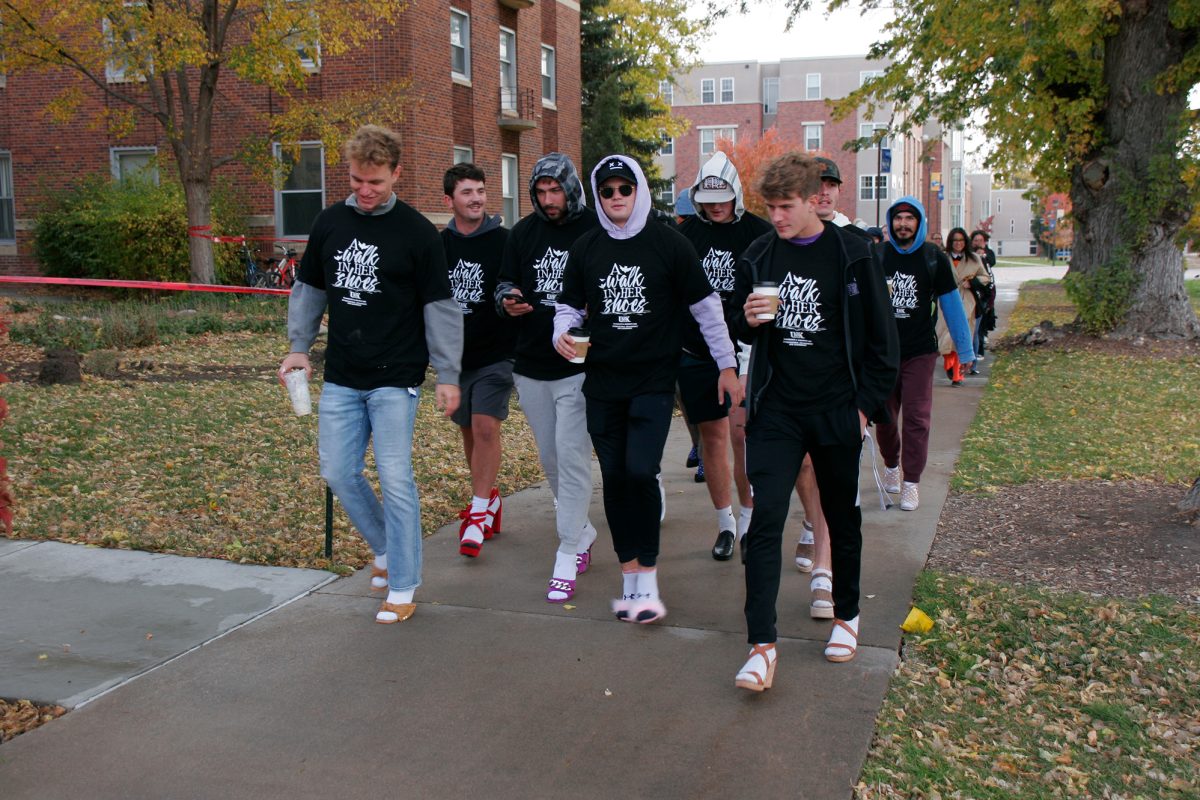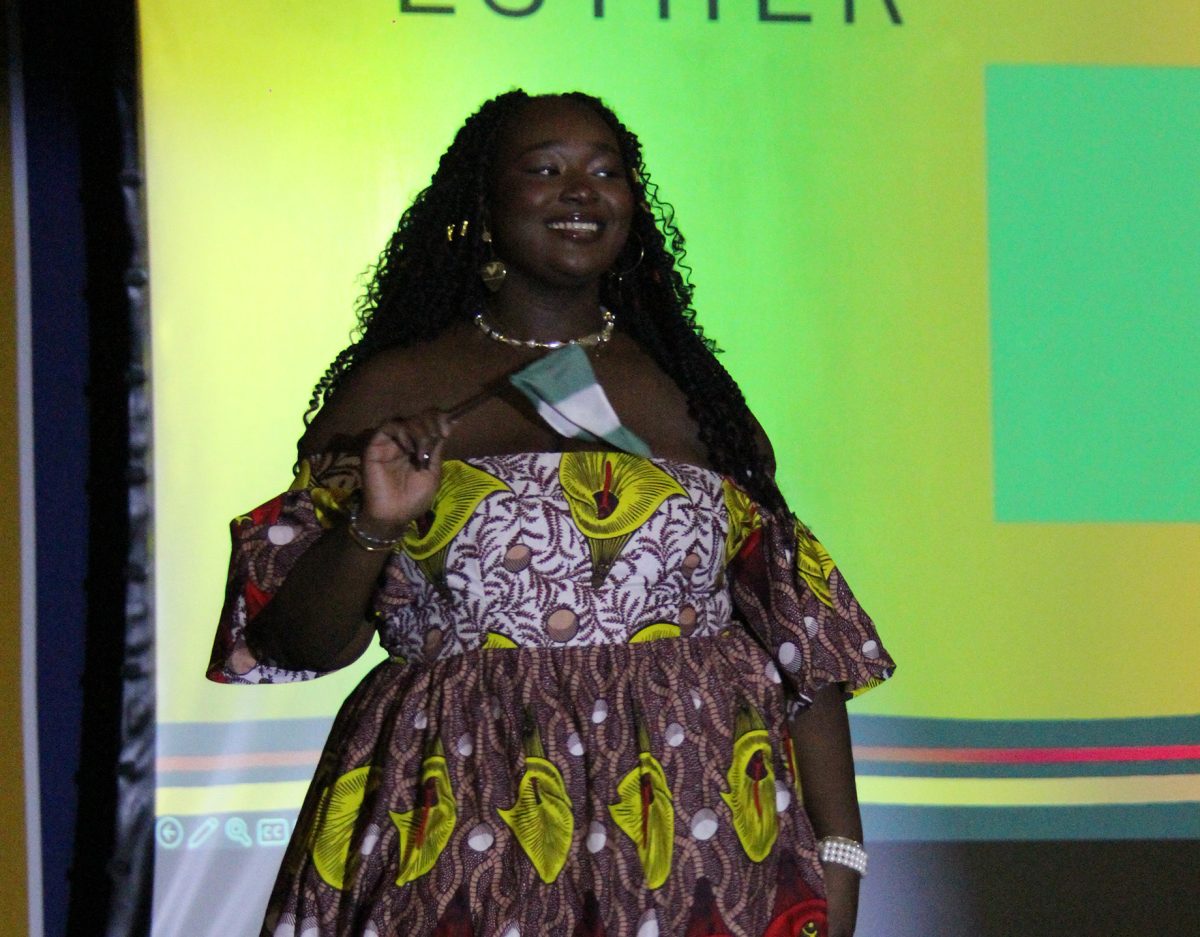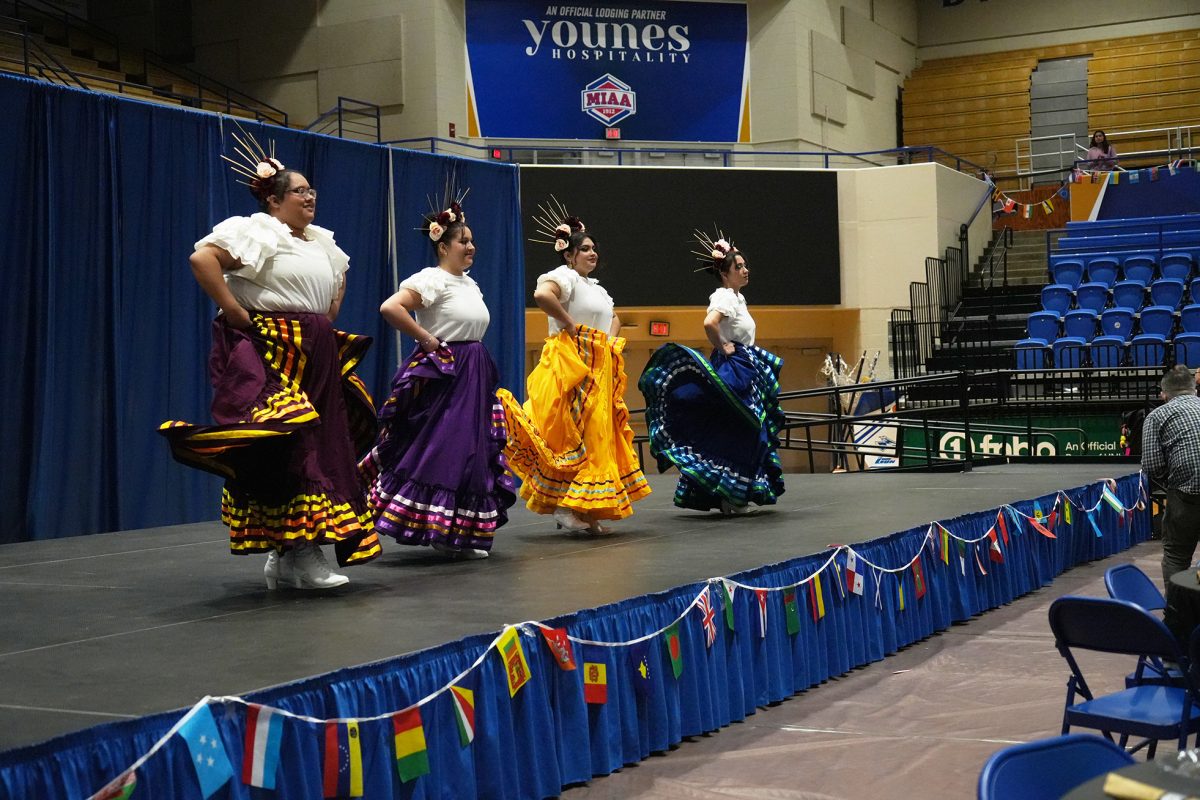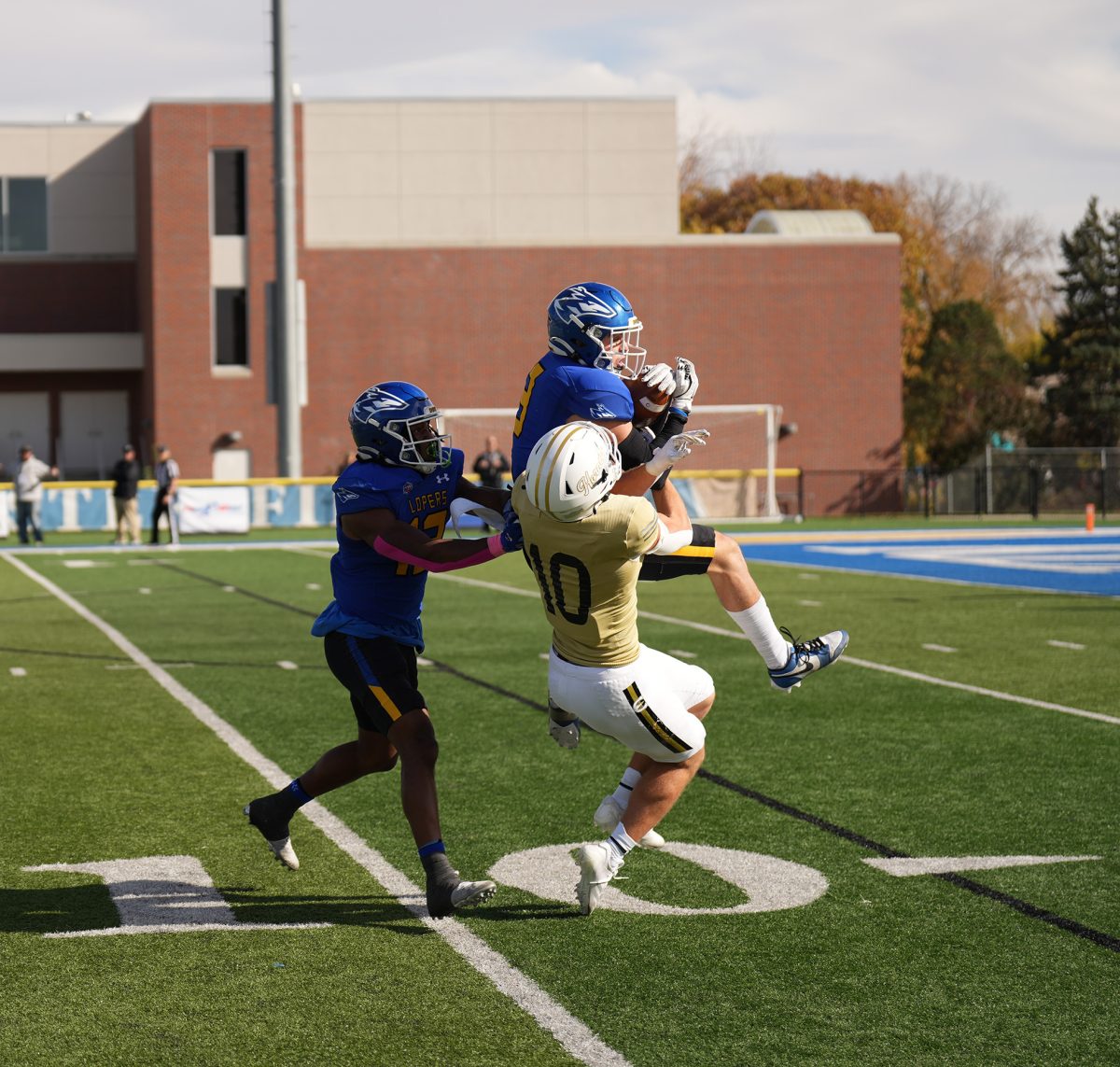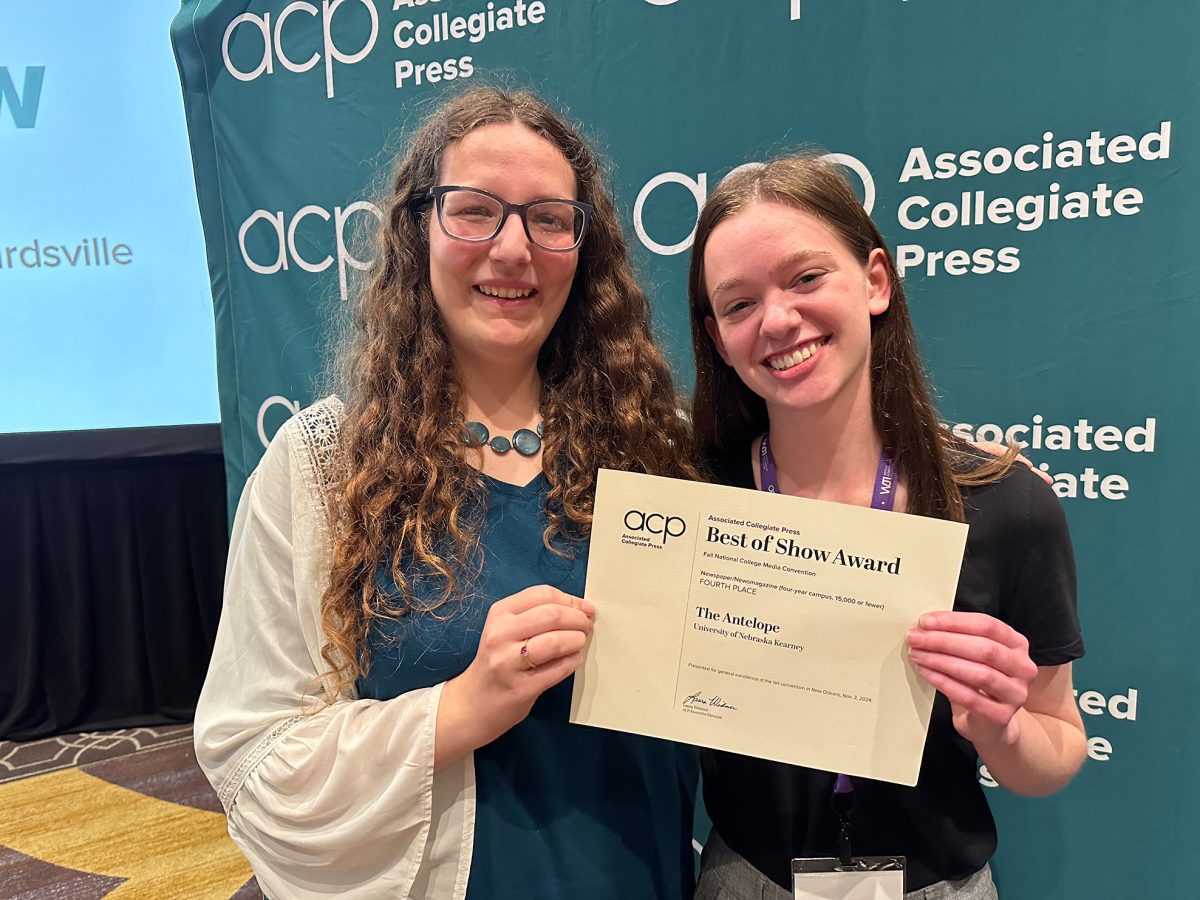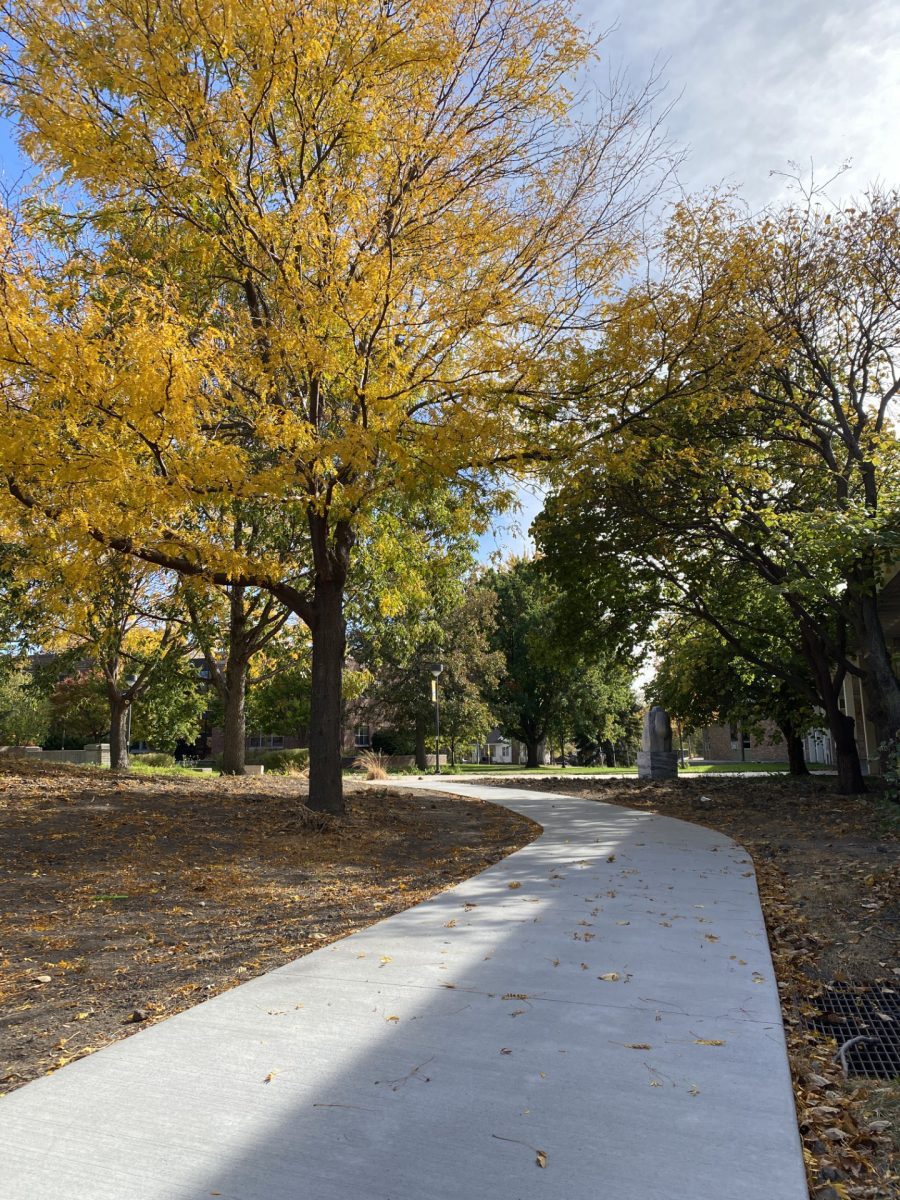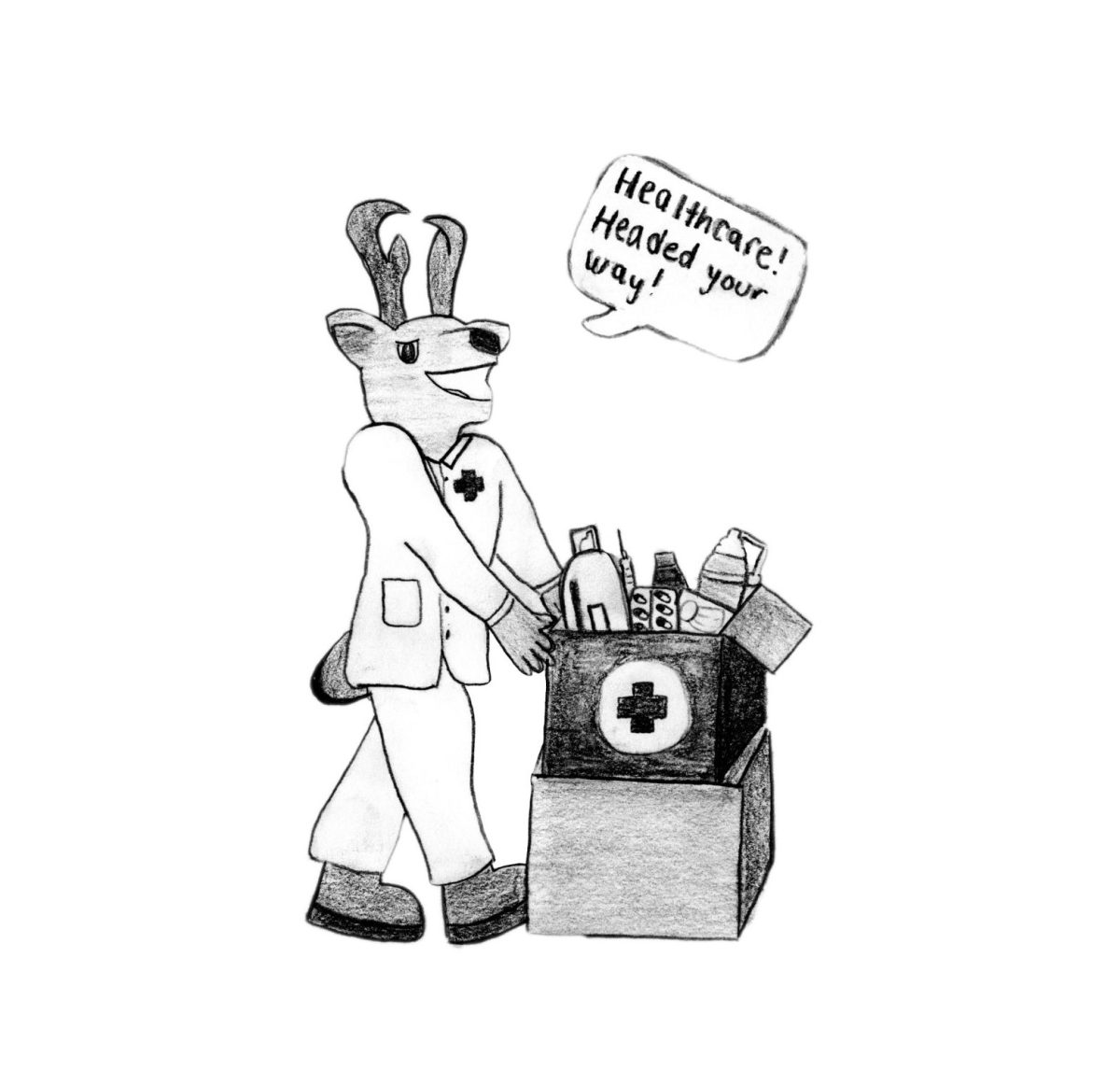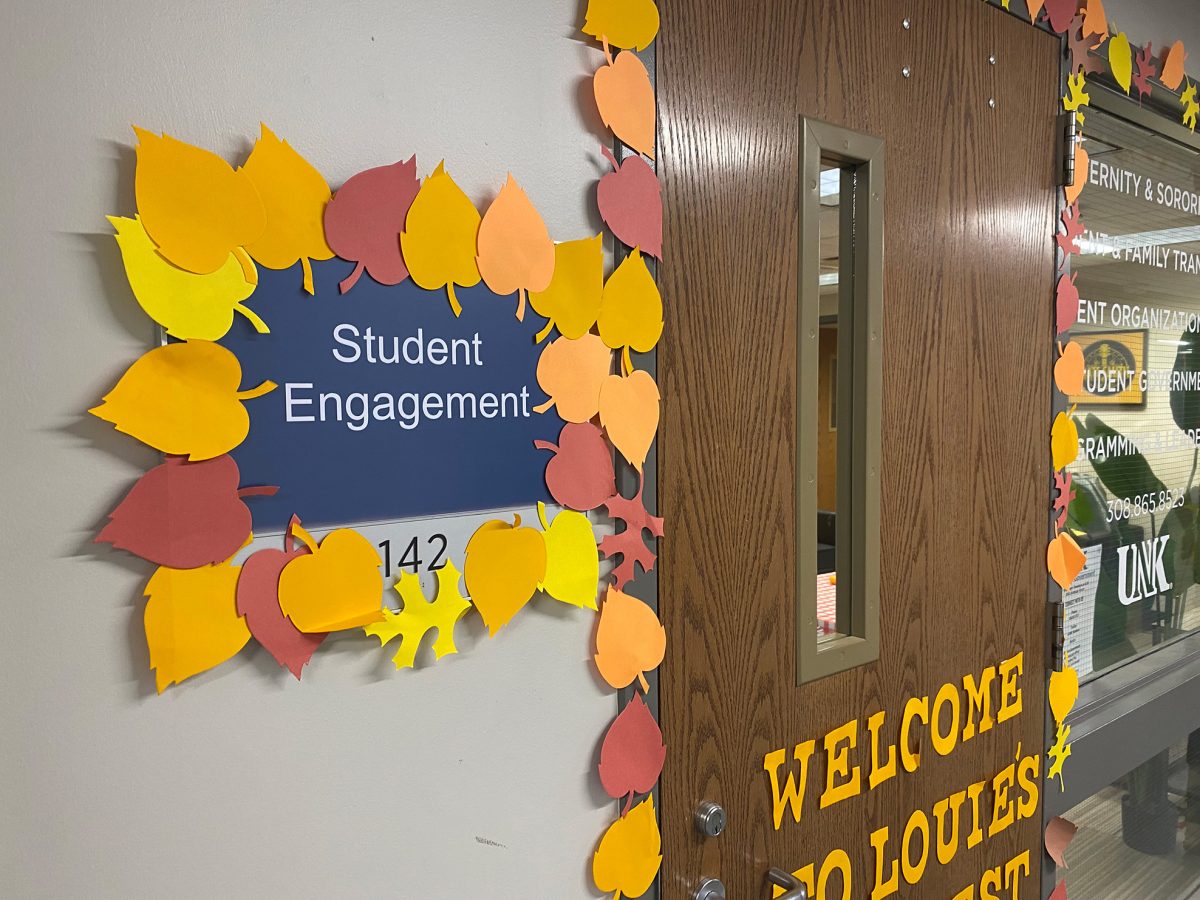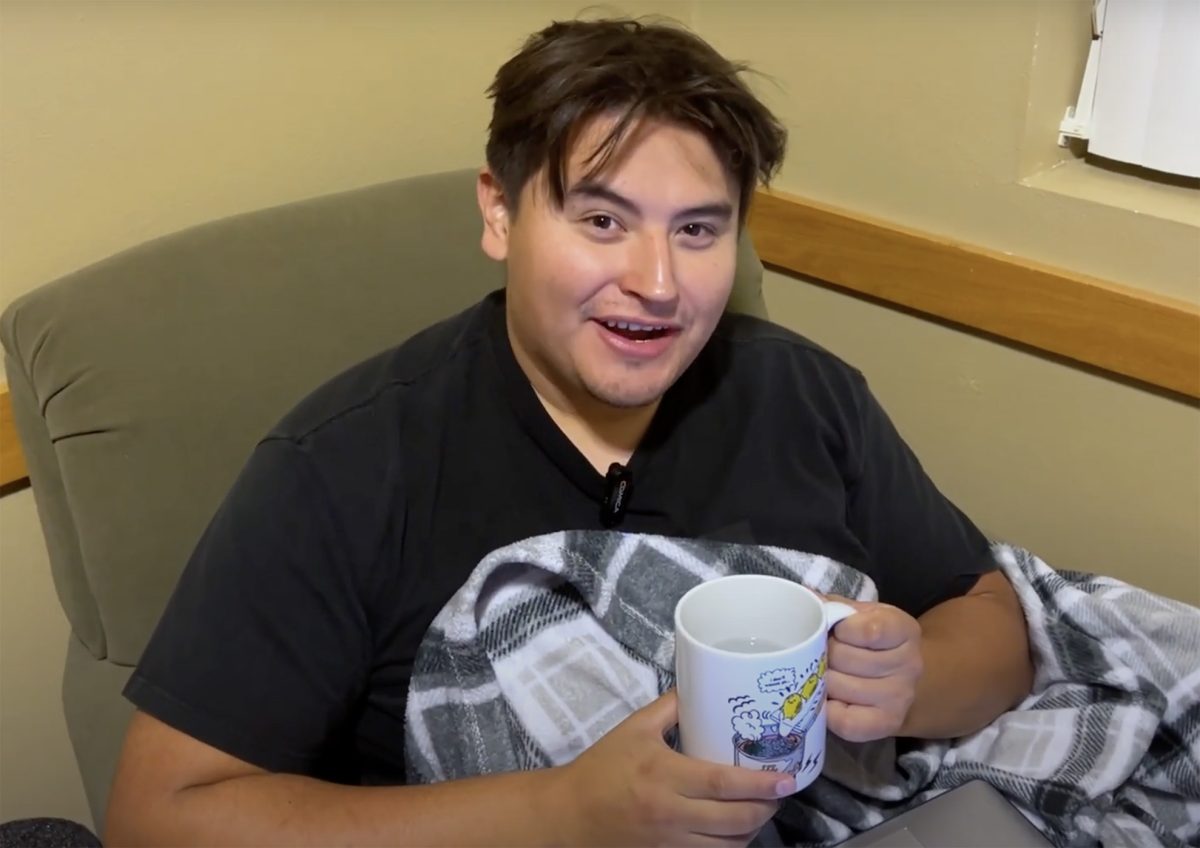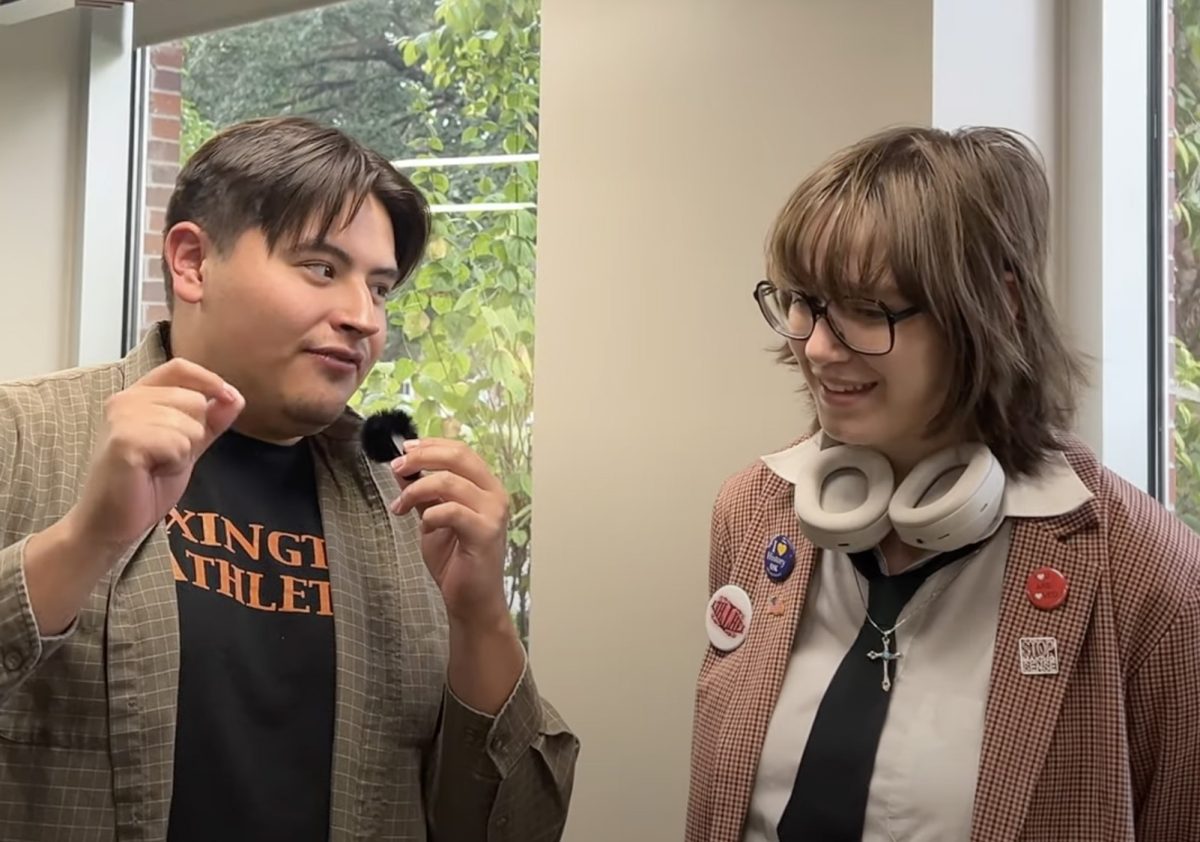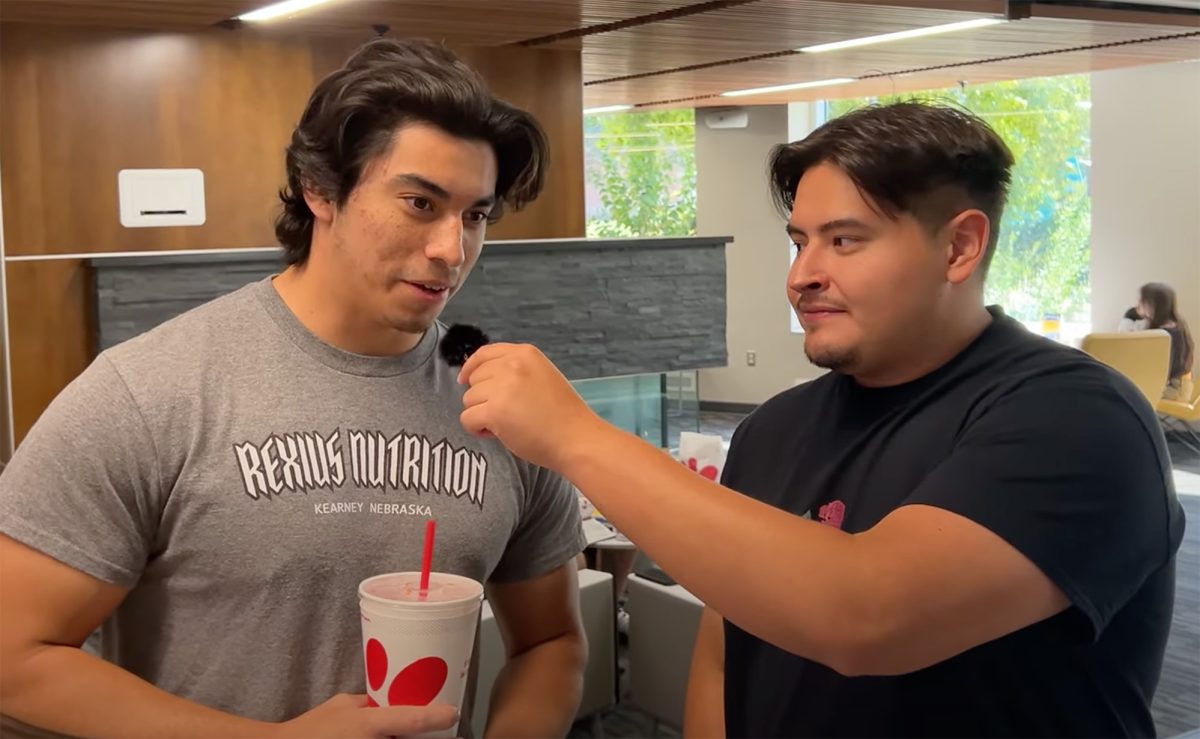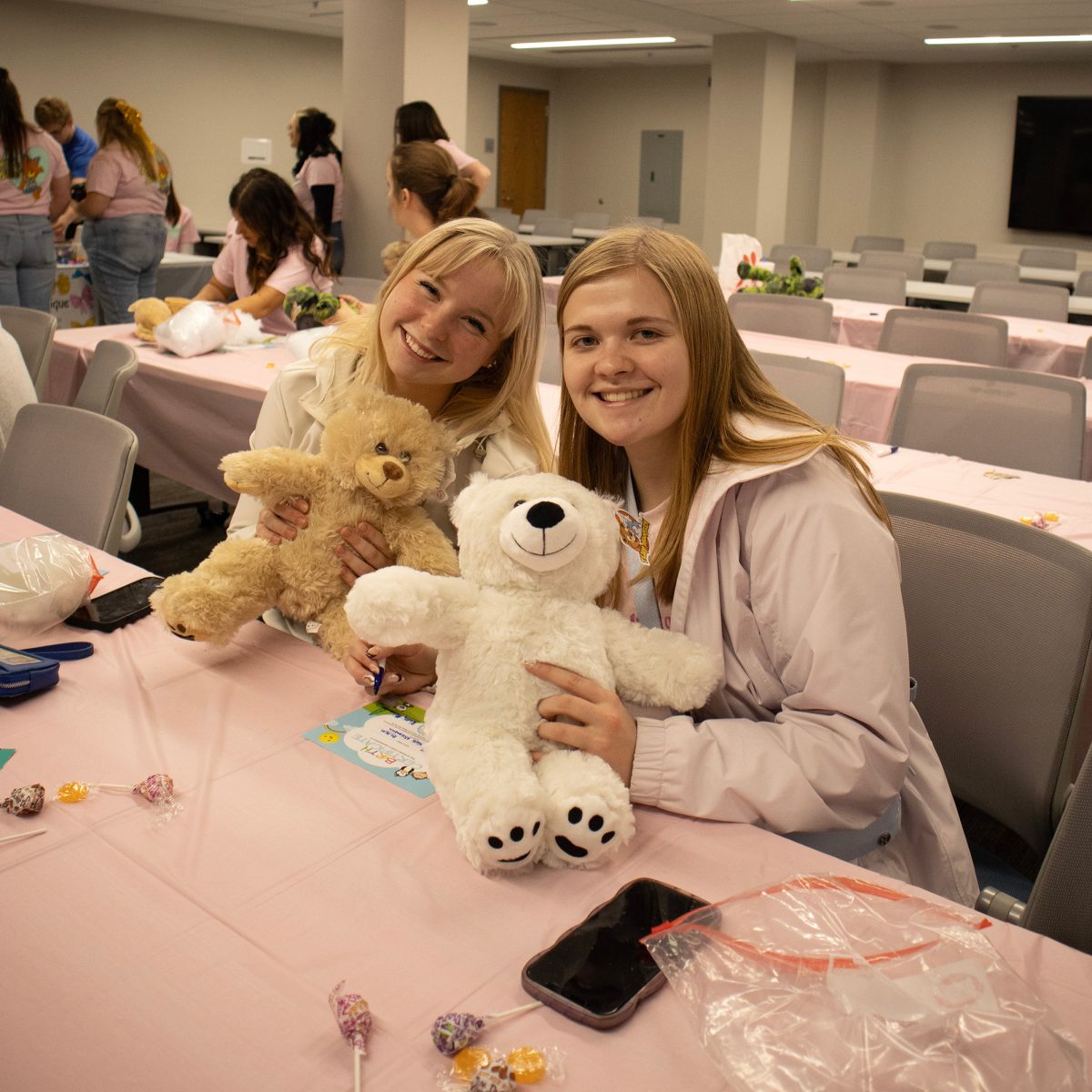larsonjt2@lopers.unk.edu
The Hostile Terrain 94, a participatory art project sponsored by the Undocumented Migration Project (UMP), a non-profit research-art-education-media collective, is being displayed in the Calvin T. Ryan Library April 1-20. The exhibit shows the struggles of those who have tried to immigrate to the U.S.
The exhibit puts the loss of human lives associated with the journey through the desert into greater perspective.
“The exhibition is composed of over 3,200 handwritten toe tags that represent migrants who have died trying to cross the Sonoran Desert of Arizona between the mid-1990s, when major immigration law changes were put in place, and 2019,” said University archivist and digital repository manager, Laurinda Weisse. “These tags are geolocated on a quilted map of the desert showing the exact locations where remains were found. The map in the exhibit is covered with toe tags. Each of the toe tags on the map represents someone who lost their life.”
The map is one of many, with exhibits being shown in similar displays across the country to raise awareness of the humanitarian challenge at the border.
“This exhibit demonstrates the dire consequences that public policy can have,” Weiss said. “It’s not just some abstract thing – each toe tag is a real person who lost their life at least partially because of policy changes (though this exhibit highlights the impact of changes made in the 1990s, there’s a long history of U.S. policy creating some of the problems that cause people to flee their home countries).”
The project helps builds awareness of the relevance political action has.
“It’s easy to believe that politics don’t impact you, or to just go along with the ideology of whichever political party best aligns with your beliefs. Exhibits like this challenge us all to think about how partisan rhetoric and politics can have wide-ranging, deadly impacts.”
The historical context of the thousands of dead migrants is given more weight when witnessed in person.
“The exhibit is truly stunning – in multiple senses of the word – in person,” Weisse said. “It is one thing to read that more than 3,200 people have died trying to cross the Sonoran Desert. It is another to see the mass of toe tags on the quilted map. Reading the details of each person who lost a life is incredibly sobering. It really drives home the scope of the crisis at the border and humanizes it.”
Students can view the exhibit during the Calvin T. Ryan Library’s normal operating hours. For more information, students can visit the project’s website at https://www.undocumentedmigrationproject.org/hostileterrain94.

